:quality(80)/business-review.eu/wp-content/uploads/2024/07/at-WziMWpMfGEY-unsplash.jpg)
Bucharest, often dubbed the “Paris of the East,” boasts a rich tapestry of architectural styles that tell the story of its dynamic history. From grandiose palaces to innovative modern structures, the city is a treasure trove of architectural marvels. Business Review invites you to explore some of the most iconic buildings that define Bucharest’s unique skyline.
Bucharest’s most famous buildings: The Palace of the Parliament
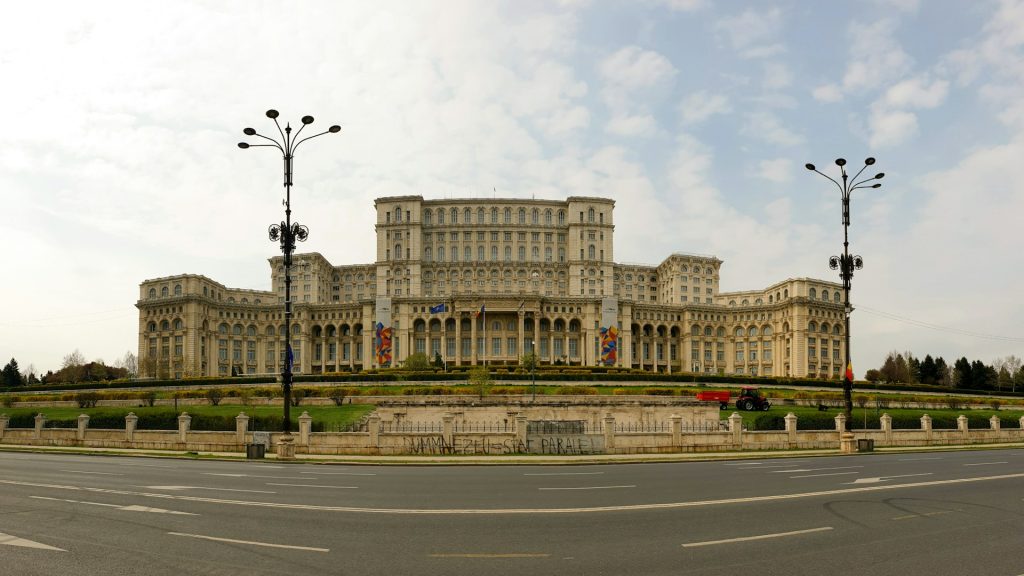
Standing as the world’s second-largest administrative building, the Palace of the Parliament is a testament to the grandiose ambitions of Nicolae Ceaușescu’s regime. Constructed during the 1980s, this colossal structure encompasses over 3 million square feet and features more than 1,000 rooms. Its neoclassical design, adorned with opulent decorations and extensive use of marble, exemplifies the excesses of its era. Today, it houses the Romanian Parliament and several museums, drawing tourists and architecture enthusiasts alike.
Bucharest’s most famous buildings: Stavropoleos Monastery
Nestled in the heart of Bucharest’s Old Town, Stavropoleos Monastery is a stunning example of Brâncovenesc architecture. Built in 1724, this small but intricately designed monastery combines Romanian Orthodox and Ottoman elements. Its beautiful courtyard, adorned with delicate stone carvings and frescoes, provides a peaceful retreat from the bustling city. The monastery is also home to an impressive collection of religious books and icons.
Bucharest’s most famous buildings: The Arch of Triumph (Arcul de Triumf)

Inspired by the Arc de Triomphe in Paris, Bucharest’s Arch of Triumph was initially constructed in wood in 1878 to celebrate Romania’s independence. The current stone structure, completed in 1936, stands at 27 meters tall and is a symbol of national pride. Decorated with intricate sculptures and inscriptions, it honors the Romanian soldiers who fought in World War I. The arch is a popular spot for national celebrations and parades.
Bucharest’s most famous buildings: The Romanian Athenaeum
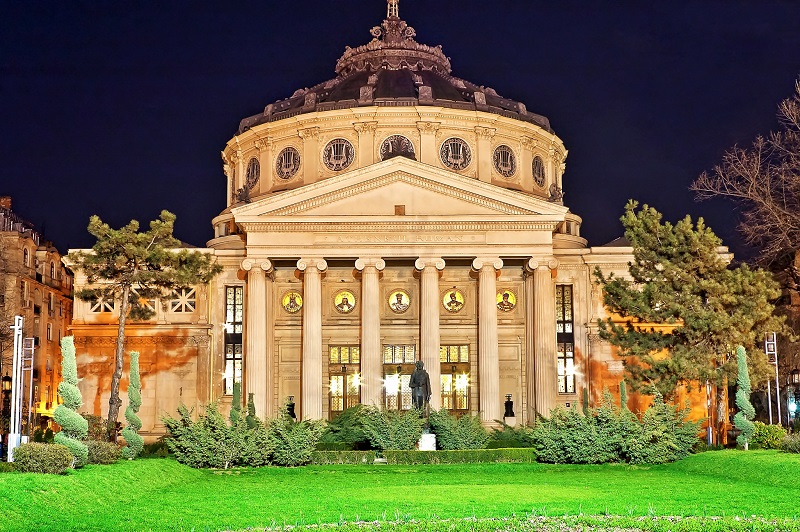
A symbol of Romanian culture and classical architecture, the Romanian Athenaeum is a concert hall that hosts the George Enescu Philharmonic Orchestra. Opened in 1888, this building showcases an eclectic style with neoclassical elements. Its grand dome and peristyle, adorned with ornate frescoes and marble columns, make it one of the most beautiful buildings in Bucharest. The Athenaeum is not just a cultural landmark but also a testament to the country’s dedication to the arts.
Bucharest’s most famous buildings: Cărturești Carusel
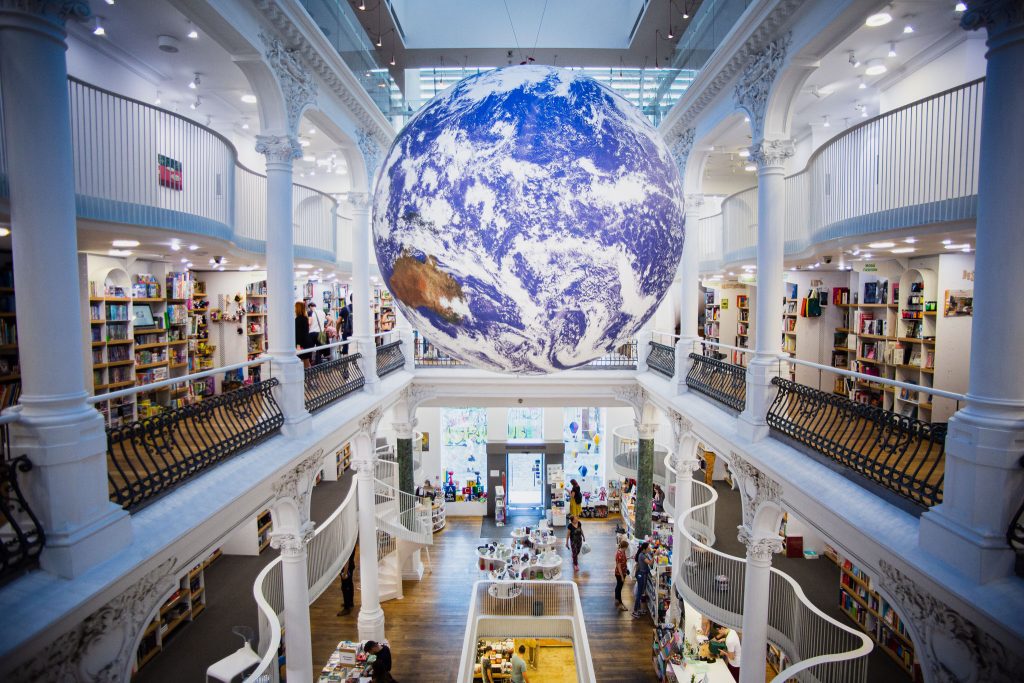
Blending history with modernity, Cărturești Carusel is a unique bookstore located in a restored 19th-century building. The six-story structure features a minimalist design with a white interior, spiral staircases, and a stunning skylight. This architectural marvel is a cultural hub, offering visitors a serene space to explore books, art, and music. Its transformation from a historic building into a modern cultural venue exemplifies Bucharest’s ability to innovate while preserving its heritage.
Bucharest’s most famous buildings: The Royal Palace (Palatul Regal)

The Royal Palace, now home to the National Museum of Art of Romania, is a significant historical and architectural landmark. Originally built in the early 19th century and later expanded, the palace served as the residence of the Romanian royal family. Its neoclassical façade and grand interior halls, adorned with exquisite artworks, reflect the opulence of the Romanian monarchy. The museum inside showcases an extensive collection of Romanian and European art, making it a cultural cornerstone of the city.
Bucharest’s most famous buildings: The University of Bucharest
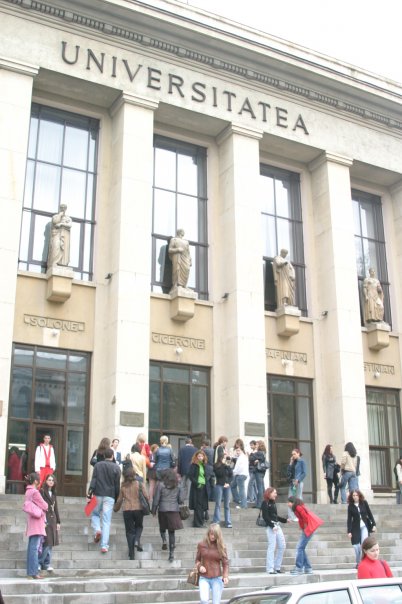
The University of Bucharest’s main building is a prominent example of neoclassical architecture in Romania. Established in 1864, the university has been a beacon of education and intellectual development in the country. The building’s imposing façade, with its Corinthian columns and grand staircase, symbolizes the institution’s esteemed legacy. It stands as a testament to Bucharest’s commitment to higher learning and academic excellence.
Bucharest’s most famous buildings: Melik House (Casa Melik)

Recognized as the oldest surviving house in Bucharest, Melik House dates back to the mid-18th century. This historic residence, located in the Armenian Quarter, is a fine example of traditional Romanian architecture with Ottoman influences. The house features a two-story structure with a wooden veranda, steep roof, and intricately carved wooden elements. Today, Melik House hosts the Theodor Pallady Museum, named after the renowned Romanian painter, and exhibits an extensive collection of artworks and historical artifacts. The preservation of Melik House offers a glimpse into Bucharest’s architectural past and cultural heritage.
Bucharest’s most famous buildings: Manuc’s Inn (Hanul lui Manuc)
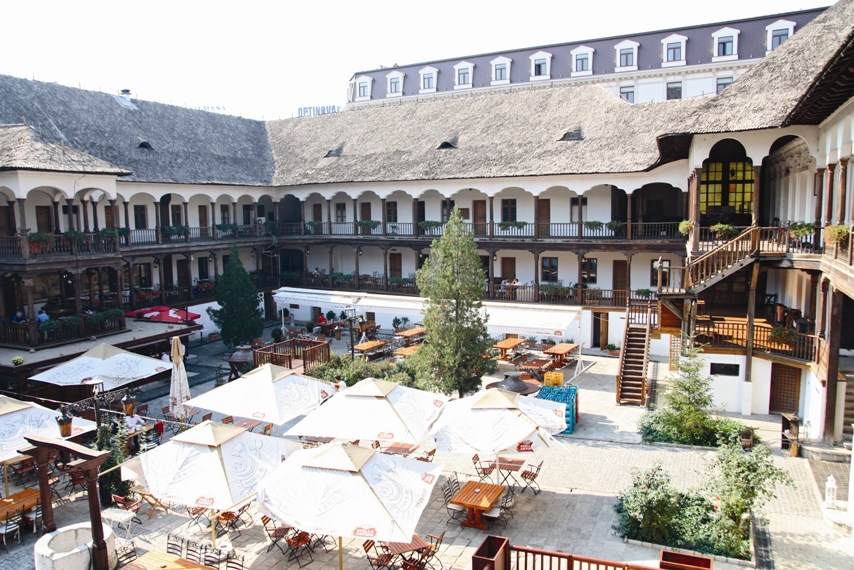
As one of the oldest and most famous inns in Bucharest, Manuc’s Inn, or Hanul lui Manuc, is an essential part of the city’s architectural and historical heritage. Built in 1808 by the wealthy Armenian merchant Emanuel Mârzaian, known as Manuc, this inn served as a caravanserai, providing lodging, food, and trading space for travelers and merchants. Its architectural style combines Ottoman and Romanian elements, featuring a large courtyard surrounded by wooden balconies and galleries. Manuc’s Inn has been meticulously restored and now houses a restaurant, hotel, and various shops, continuing to be a vibrant center of social and cultural life in Bucharest.
Bucharest’s most famous buildings: House of the Free Press (Casa Presei Libere)
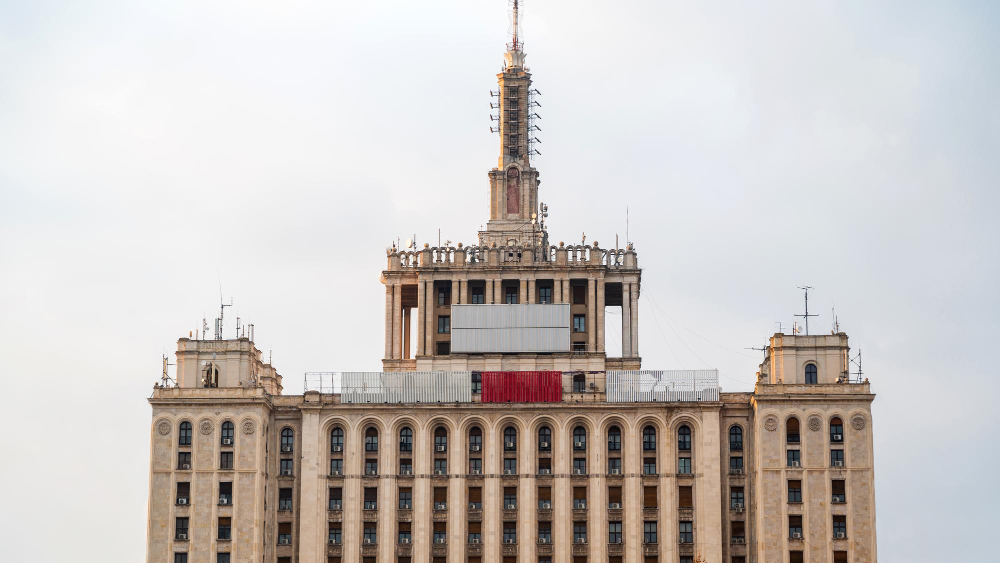
The House of the Free Press, originally known as the Casa Scânteii, is a prominent example of Soviet-era architecture in Bucharest. Completed in 1957, this massive building was inspired by the Lomonosov Moscow State University and serves as a testament to Romania’s communist past. Standing at 104 meters tall, it was the tallest building in Bucharest until 2007. The structure was initially designed to house the offices of the Scânteia newspaper, the official publication of the Romanian Communist Party. Today, it hosts various media organizations and remains a significant landmark, reflecting the city’s complex history and architectural diversity.
Bucharest’s most famous buildings: Athenee Palace Hilton

The Athenee Palace Hilton, originally built in 1914, is one of Bucharest’s most storied hotels and a fine example of French neoclassical architecture. Designed by French architect Théophile Bradeau, the hotel has been a witness to many significant historical events, particularly during World War II and the communist era. Its elegant façade and luxurious interiors, featuring grand chandeliers and opulent décor, have made it a favorite among dignitaries and celebrities. The hotel underwent extensive renovations to restore its former glory and now stands as a symbol of Bucharest’s rich heritage and enduring charm.
Bucharest’s most famous buildings: Dimitrie Gusti National Village Museum (Muzeul Național al Satului Dimitrie Gusti)
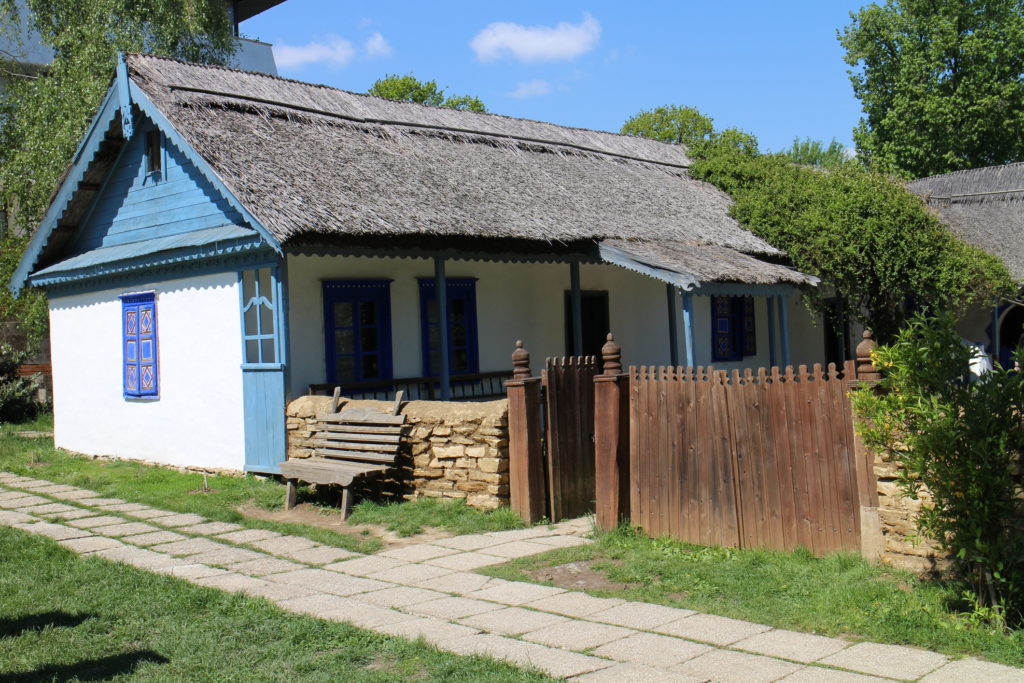
The Dimitrie Gusti National Village Museum, established in 1936, is an open-air ethnographic museum located in Herăstrău Park. The museum showcases traditional Romanian village life through an extensive collection of authentic houses, churches, barns, and mills relocated from various regions of Romania. Each structure has been carefully reconstructed to reflect its original state, offering visitors a comprehensive view of the country’s rural architecture and cultural heritage. The Village Museum is a unique cultural landmark that provides insight into Romania’s folk traditions and rural history.
Bucharest’s most famous buildings: The Assan House

The Assan House, built in the early 20th century, is a notable example of Art Nouveau architecture in Bucharest. This exquisite residence was commissioned by Bazil Assan, a prominent Romanian engineer and explorer. The house features the characteristic flowing lines, floral motifs, and intricate ironwork typical of the Art Nouveau style. Its elegant façade, adorned with elaborate decorations and large, curved windows, stands out as a testament to the artistic and architectural movements of the time. The Assan House is a key piece in Bucharest’s architectural mosaic, highlighting the city’s embrace of diverse and innovative design philosophies.
Bucharest’s most famous buildings: The Ark (La Arca)
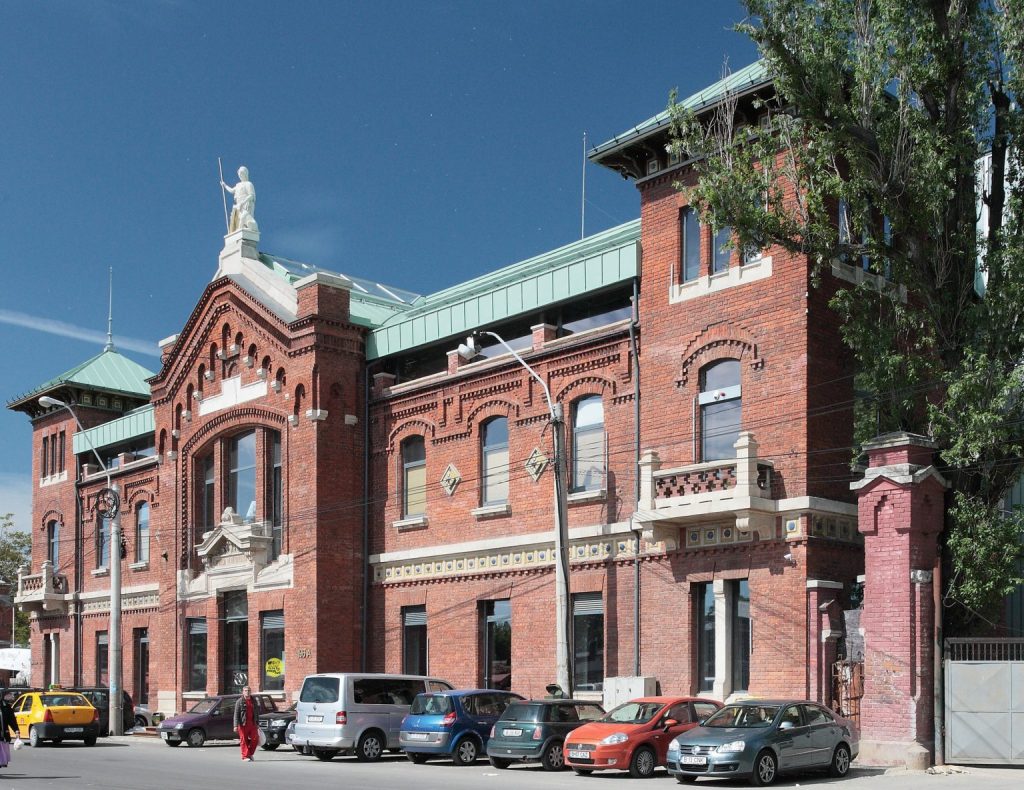
The Ark, formerly known as the Commodity Exchange (Bursa Mărfurilor), is an excellent example of an industrial site revitalized into a modern cultural and commercial space. Originally built in 1898, this historic building served as a hub for trade and commerce. After falling into disrepair, it was meticulously restored and transformed into a vibrant venue for offices, events, and cultural activities. The Ark now features contemporary architectural elements while preserving its industrial heritage, making it a symbol of Bucharest’s ability to adapt and innovate. It hosts various events, exhibitions, and markets, contributing to the city’s dynamic cultural scene.
Bucharest’s architectural landscape is a reflection of its rich history, cultural diversity, and innovative spirit. From the monumental Palace of the Parliament to the serene Stavropoleos Monastery, the historic Melik House, the elegant Athenee Palace Hilton, the culturally immersive Dimitrie Gusti National Village Museum, the artistic Assan House, and the revitalized Ark, each building tells a unique story. These architectural marvels not only enhance the city’s skyline but also offer a glimpse into the soul of Bucharest, making it a must-visit destination for architecture enthusiasts and history buffs alike.


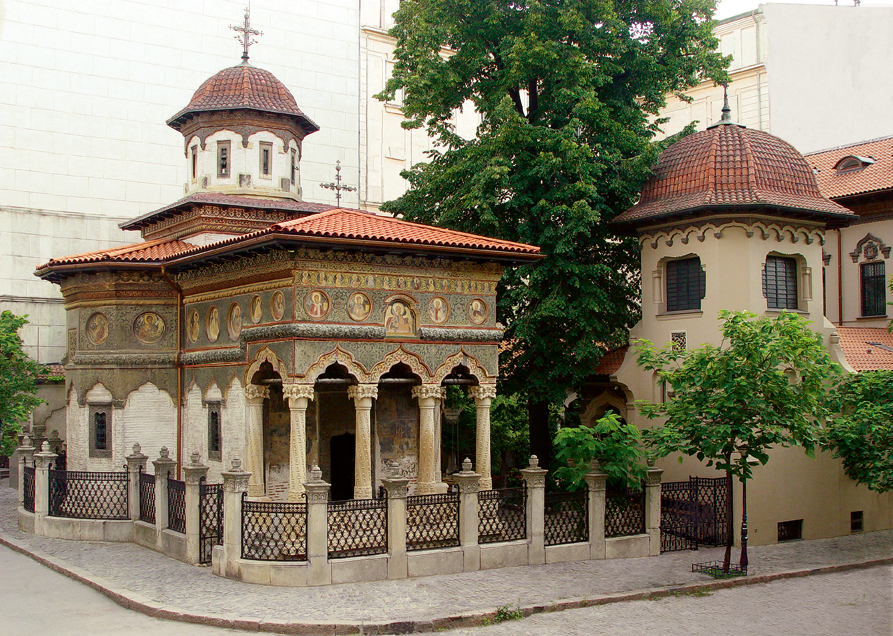

:quality(80)/business-review.eu/wp-content/uploads/2024/06/Maria-Florea_iO-Partners-1.jpg)



:quality(80)/business-review.eu/wp-content/uploads/2024/06/22C0420_006.jpg)

:quality(80)/business-review.eu/wp-content/uploads/2024/06/COVER-1-4.jpg)



:quality(50)/business-review.eu/wp-content/uploads/2023/06/VLAD-MUSTEATA-CEO-North-Bucharest-Investments16702-scaled.jpg)
:quality(50)/business-review.eu/wp-content/uploads/2023/11/Gabriel-Blanita-_-Colliers-scaled.jpg)
:quality(50)/business-review.eu/wp-content/uploads/2024/04/QA-Randare-Faza-2.jpg)
:quality(80)/business-review.eu/wp-content/uploads/2024/06/br-june-2.jpg)
:quality(50)/business-review.eu/wp-content/uploads/2024/07/Mogo-FC-Rapid-scaled.jpg)
:quality(50)/business-review.eu/wp-content/uploads/2024/07/Dragos-Mesaros-stanga_Nicolae-Tudor-dreapta.jpg)
:quality(50)/business-review.eu/wp-content/uploads/2024/07/VGP-Bucharest-North-Cladirea-A_mai-2024-1.jpg)